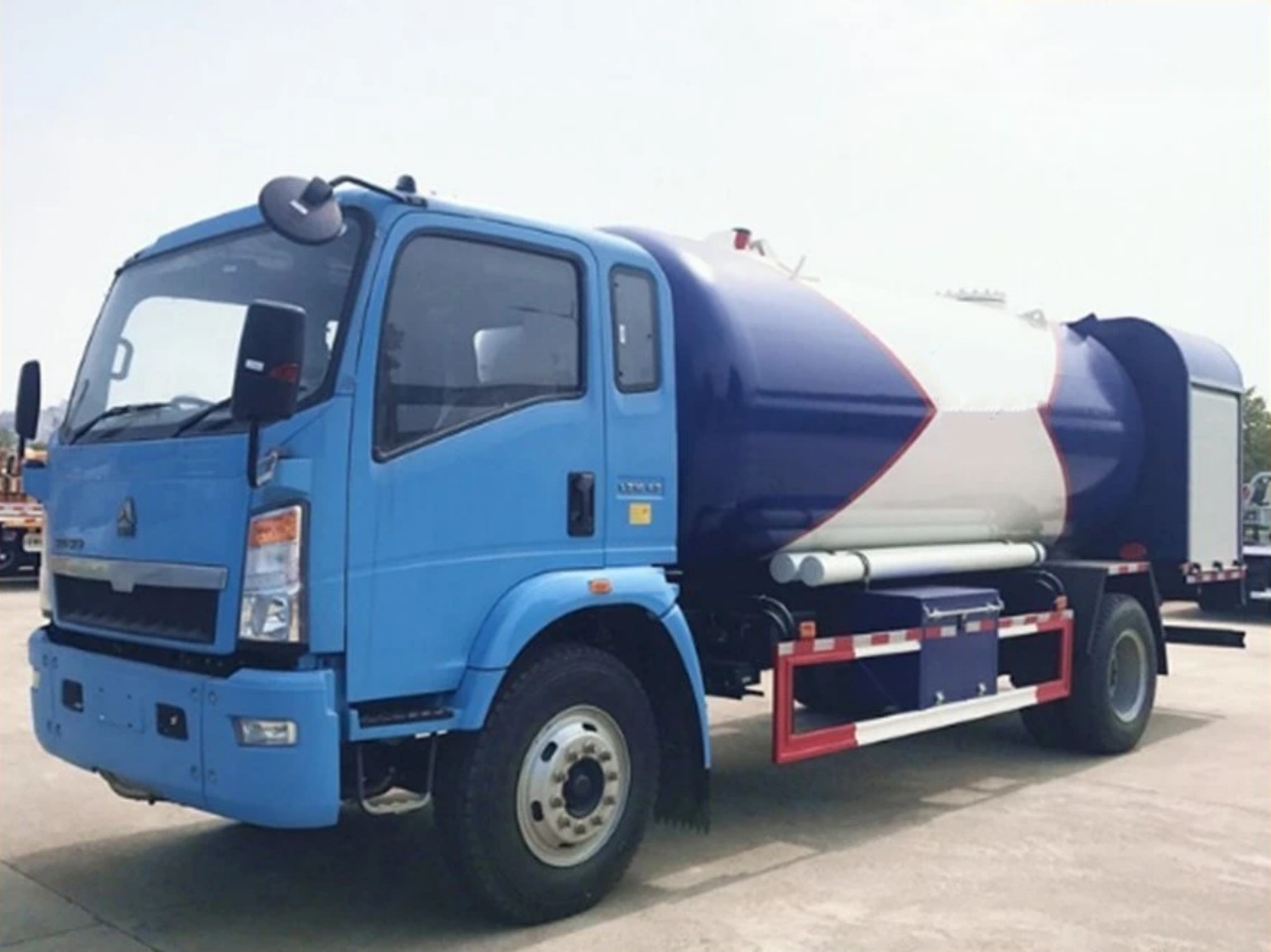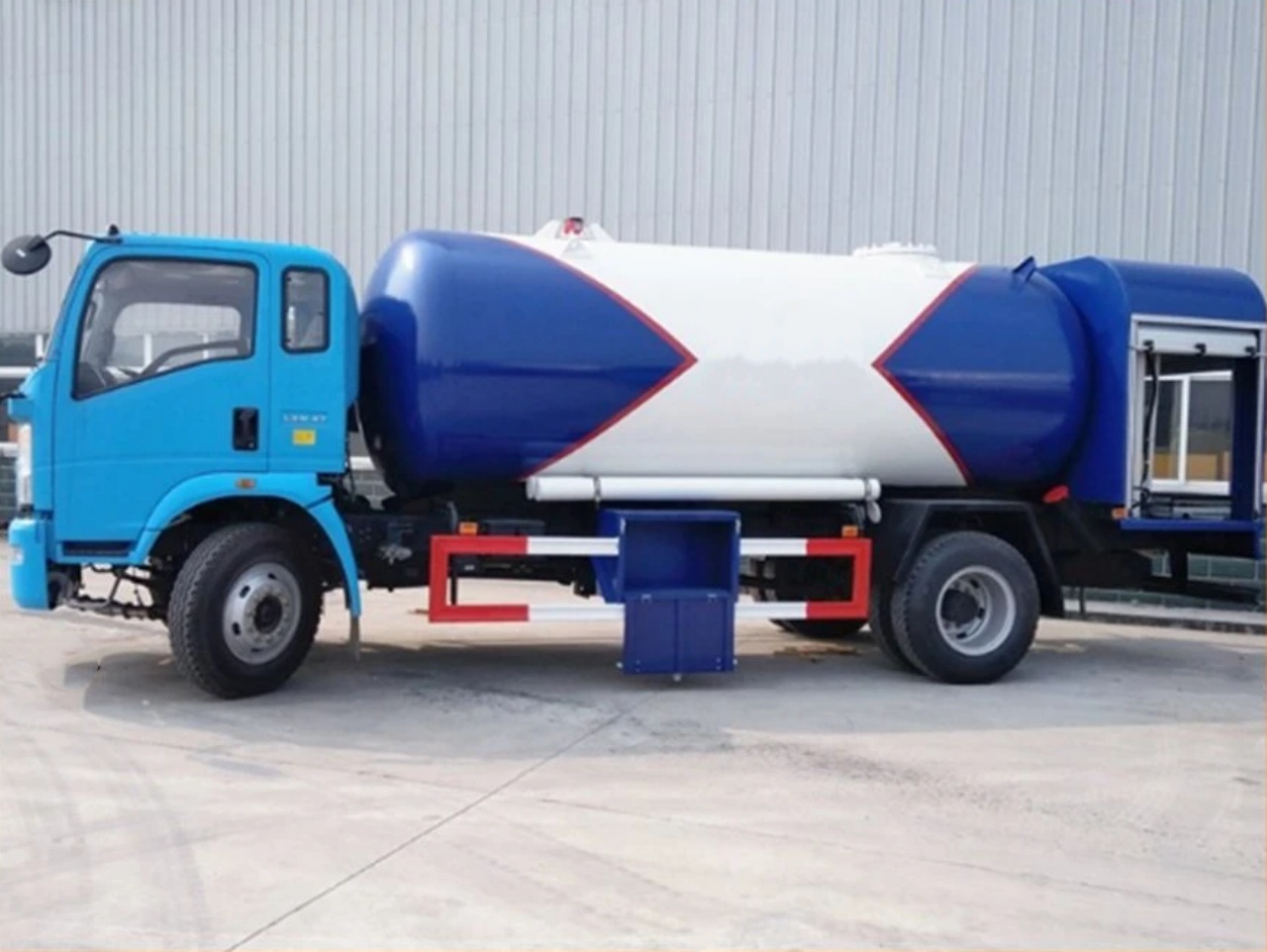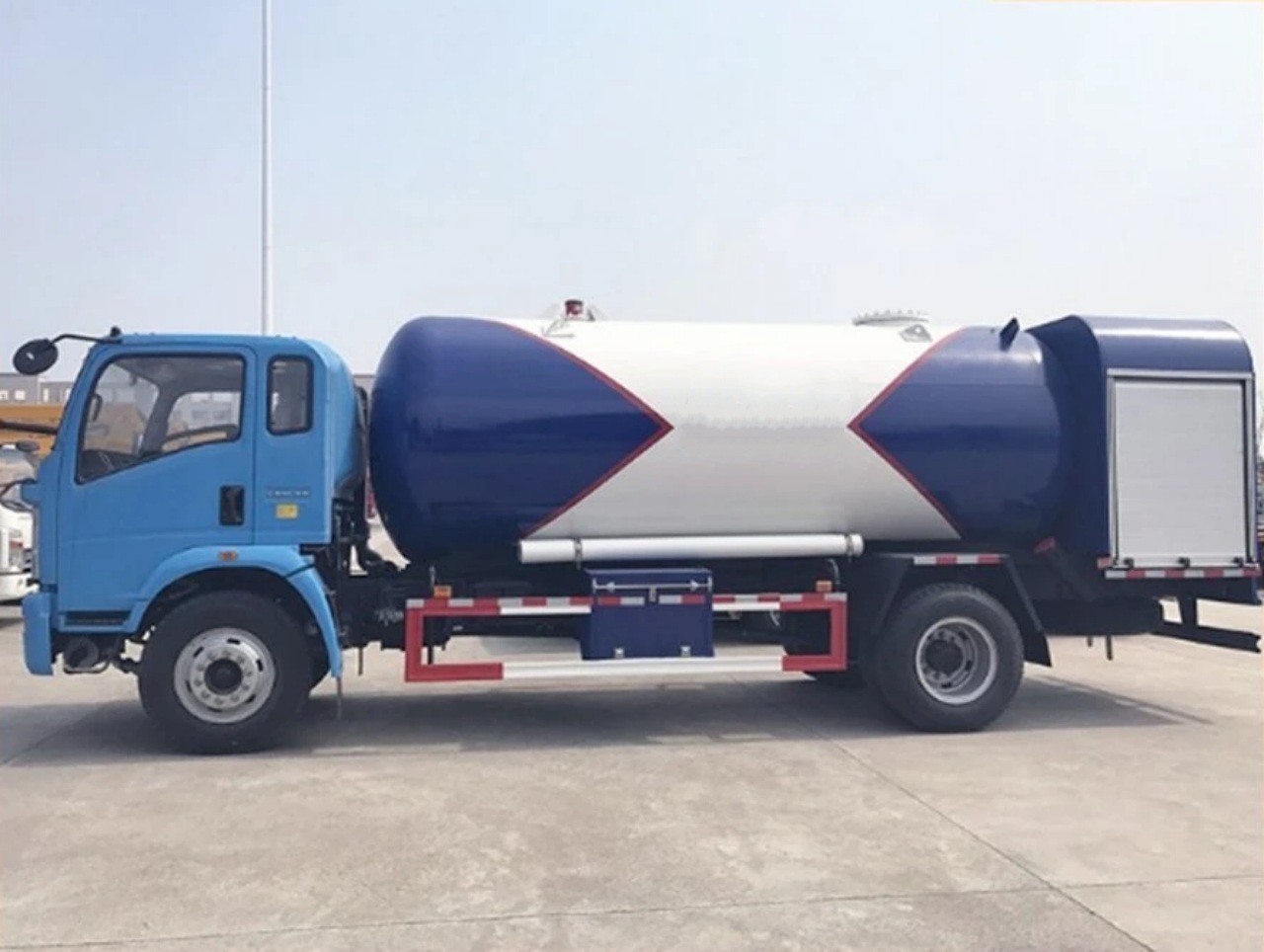The term “pig” in the context of propane tanks may seem odd at first, especially since propane is a relatively clean, colorless, and odorless gas used for heating, cooking, and powering appliances. However, if you’ve spent time around the propane industry or have experience working with propane transportation or storage, you may have heard the term “pig” used to describe a particular type of tank. So, why is a propane tank referred to as a “pig”? Let’s explore this intriguing nickname, its origins, and the broader context in which it’s used.
Understanding Propane Tanks and Their Role
Before diving into the reasons behind the name, it’s important to have a clear understanding of propane tanks and their role in the distribution of propane. Propane is typically transported in pressurized tanks, which come in various sizes. These tanks can be small portable cylinders used for grills and camping stoves, or large tanks installed at homes or businesses for long-term propane storage.
In terms of industrial use, the most significant and distinctive propane tanks are large, pressurized vessels designed for the transportation of propane over long distances. These tanks are typically seen on specialized trucks, often in the form of “spherical” or “horizontal” tanks, designed for both safety and efficient transport.
When it comes to propane transportation or even maintenance, the term “pig” refers to a particular kind of tank that serves a different, but vital, purpose in the propane industry.

The Role of a Propane “Pig”
A “pig” in the propane world is a type of specially designed tank used to collect and clean out the interior of pipelines. These tanks are designed to travel through pipelines to remove contaminants, ensuring that the pipeline is running smoothly and efficiently. While propane itself is clean, other substances—like debris, dirt, and water—can accumulate in pipelines over time. These contaminants can pose serious safety and operational risks if left unchecked.
The pig’s role is, essentially, to “scrape” or “clean” the pipeline, ensuring that it is free from any buildup or residue. This helps to maintain the quality of the propane gas and prevents pipeline blockages, which could otherwise lead to dangerous situations. The pig is propelled through the pipeline by the flow of gas or liquids in the system, and as it moves, it scrapes away any dirt or other obstructions from the inside walls of the pipe.
This cleaning process is essential for keeping pipeline systems in good working condition. The term “pig” specifically refers to these pipeline-cleaning devices, and by extension, the term has become associated with the tanks used in the propane industry for this purpose.
Origins of the Term “Pig”
The history behind the name “pig” is somewhat elusive, but there are several theories as to why this term came into use. One theory suggests that the word “pig” is a shortened version of “pipeline inspection gauge” (PIG). The use of the term PIG in this context dates back to the early 20th century when the technology to clean and inspect pipelines was first developed.
The process of cleaning pipelines with a device was originally known as “scraping,” and it is believed that the pig got its name due to its tendency to move along the inside of the pipeline in a way that was reminiscent of a pig’s movements in the mud. Just as pigs are known to root around in dirt and grime, a pipeline pig scrapes and moves through the interior of a pipeline, removing buildup and dirt along the way.
Another theory connects the name to the squealing sound that early pigs made when moving through pipelines. As pigs were used more frequently in pipeline maintenance, the squealing noise would have become associated with the pigs themselves, reinforcing the name.
In either case, whether it’s a reference to the “PIG” acronym or the squealing sound, the term “pig” caught on, and it has remained in use to describe these pipeline-cleaning devices to this day.

Types of Pigs and Their Functions
There are different types of pigs, each designed for specific tasks in pipeline maintenance. The 2 main categories of pigs are:
- Cleaning Pigs – These are designed specifically to remove dirt, water, debris, or other contaminants from the inside of a pipeline. Cleaning pigs can be equipped with brushes, scrapers, or other tools to help them effectively remove buildup.
- Inspection Pigs – These pigs are used to inspect the interior of a pipeline. They are often equipped with high-tech sensors, cameras, and other diagnostic equipment to identify potential issues, such as cracks, leaks, or corrosion. While inspection pigs are not directly involved in cleaning, they play an essential role in assessing the health of the pipeline and ensuring the safety of the propane delivery system.
In some cases, pigs may also be used for other purposes, such as to help push or pull liquids through a pipeline, or to separate different products in the same pipeline. The versatility of pigs in pipeline operations has made them an invaluable tool in the propane and natural gas industries.
How Pigs Are Used in Propane Transportation
When it comes to propane transportation, pigs may be used during the pipeline process to ensure that the gas is delivered safely and efficiently. Propane gas is transported via pipelines, and as it moves from production facilities to storage tanks or distribution points, it can pick up contaminants along the way. Pigs help prevent these contaminants from reaching the end destination and compromise the quality of the propane.
Furthermore, pipeline maintenance is a crucial part of propane transportation to ensure that the flow of gas remains uninterrupted. A buildup of dirt, moisture, or other materials can cause a pipeline to become blocked or even damaged, leading to potential safety hazards or costly repairs. By regularly cleaning pipelines with pigs, propane companies can minimize the risks associated with pipeline blockages and ensure that the gas is transported safely.

Propane “Pigs” vs. Other Types of Pigs
While propane pigs play an important role in the cleaning and maintenance of propane pipelines, it’s worth noting that pigs are also used in other industries. For example, pigs are widely used in the oil and natural gas industries to clean and inspect pipelines transporting those materials. These “pigging” operations are similar to those used in propane pipelines, although the materials being transported are different.
Interestingly, pigs are used not just for cleaning and inspection, but also in the food industry. For instance, “pigs” in the context of animal slaughter may refer to devices used to remove hair from animals before they are processed into meat products. Similarly, in the dairy industry, pigs can refer to devices used to move dairy products through pipelines.
However, the specific term “propane pig” refers to the tanks used for cleaning propane pipelines, and this usage is largely confined to the propane and natural gas sectors.
Conclusion
The term “pig” in propane tank terminology is an interesting historical and functional reference that highlights the importance of pipeline maintenance and cleaning in the propane industry. While the term may seem out of place at first, it stems from the role of pigs in cleaning and inspecting pipelines, where their design and function resemble that of a pig moving through a muddy field. Propane pigs are essential tools for ensuring the smooth and safe transportation of propane, and they serve as an indispensable part of the industry’s commitment to maintaining pipeline safety and operational efficiency.


